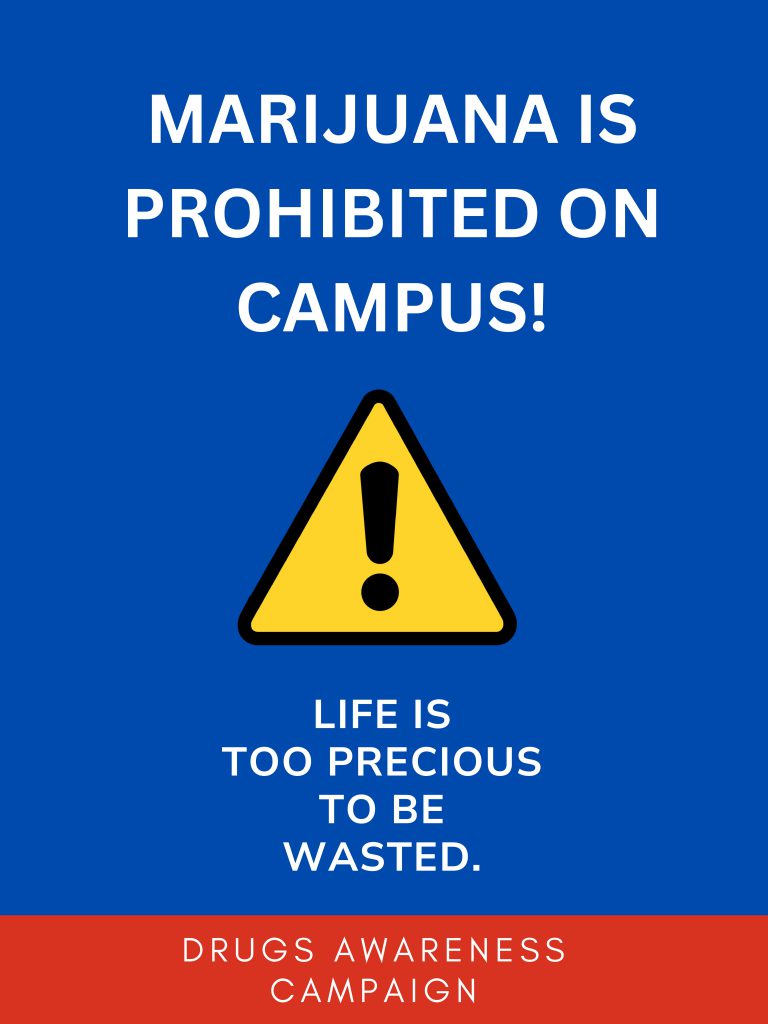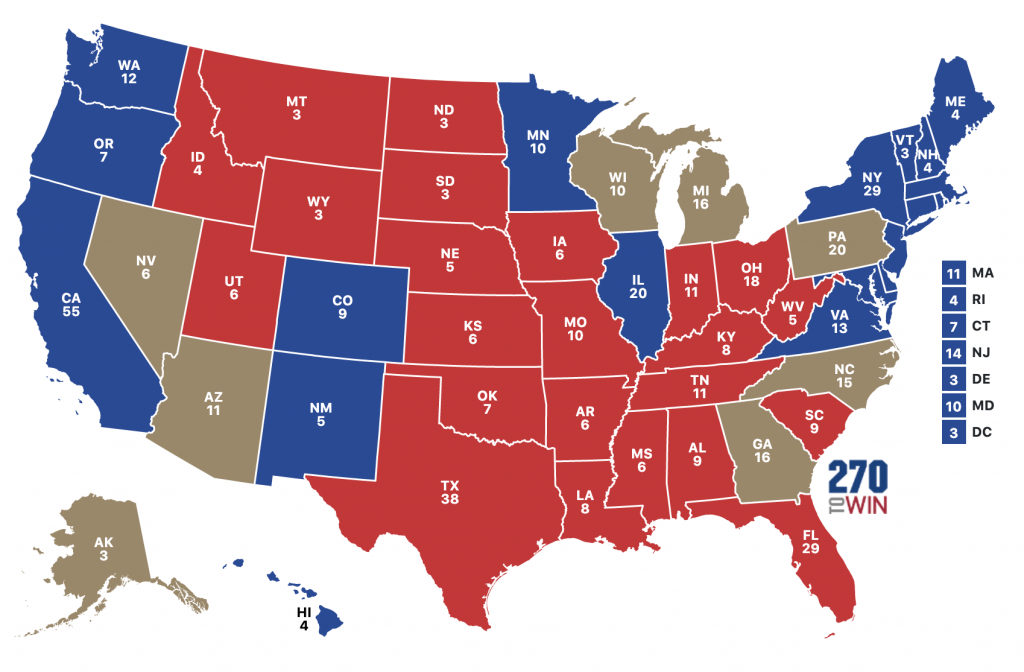Jessica Hauser
Staff Writer
Virginia Wesleyan College’s Strategic Planning Steering Committee (SPSC) expects to implement its new strategic plan addressing concerns about the condition of campus facilities in the fall of 2014.
Laynee Timlin, director of Strategic Planning, said the 3-year interim plan, now in its third year, was developed by a 27-member committee. The plan emphasizes six priorities for strategic planning, which include facilities and infrastructure, as well as financial stability of the college.
“These are areas we have to think strategically about—how to make the best use of the funds we have,” said Timlin. “The purpose of the committee is to identify goals, so we can make good decisions for the future.”
The new action plan consisted of several phases, one of which was to reach out to stakeholders and learn which variables affecting VWC’s academic and financial success needed further research and which ones should take priority.
During this phase, students were included in focus groups, a community forum, individual meetings and were invited to take a survey to evaluate the college’s strengths and weaknesses. Timlin said that the quality of the facilities was a major concern for many students.
Vice President of Finance Cary Sawyer said students are encouraged to voice any concerns to their department heads and student representatives. Those comments and concerns will be considered during budget planning.
“SGA is not shy about coming to us with ideas,” said Sawyer. “Get ideas on the table. If we can’t fund them now, maybe we can in the future.”
Sawyer also noted that SGA is currently working to get new supplies in the residential townhouses and to find local restaurants that will accept students’ VWC meal card as payment.
But this raises questions about what issues are given priority when it comes to the money that is available.
“I lived in the dorms for three years,” said senior theatre major Gabbie Mokol. “There was mold everywhere, there was no ventilation and none of the fans worked.” She said she was relieved when she got the opportunity to move off campus. Other student concerns included broken and missing materials from organizations such as RecX, non-working appliances in the dorms and rising prices of food available in the Grille.
“Sometimes, there just aren’t enough budget dollars to fund all departments. We try to be upfront and provide the best service that we can. It’s a thoughtful process as we try to fit the need and do the right thing for the most people,” said Sawyer.
He said that although the college recently extended its contract with Sodexo during the renovation of the dining hall in the summer of 2011, the increase in the price of food is a result of inflation in food cost rather than the extended contract.
Timlin said that the new strategic plan addresses the future goals for creating additional revenue for the college facilities.
According to the Virginia Wesleyan College Strategic Planning Concept Paper completed by the SPSC in September 2013, there are four sources from which revenue is generated: enrollment, annual draw from endowment, gifts, grants and pledges and other miscellaneous income.
Although enrollment has increased by approximately 200 students over the last two years and tuition costs have increased by a net of 1.5 %, the college has only experienced modest increases in net surplus income because the amount of financial aid awarded has increased in order to achieve desired enrollment.
Sawyer said that this surplus is used for future needs of the college and invested for campus facilities such as the renovation of the dining hall.
The paper reads that salary, benefits and wages make up 63% of the college’s expenditures while supplies and equipment make up a total of 5%. Wage increases for faculty and staff resumed in 2012 after a three-year halt, the cost of employee benefits and healthcare increased, and “there have been very few additional funds available to meeting additional operating needs or to fund deferred maintenance.”
Sawyer said that 70% of the annual spending draw of the college’s endowment, which has recovered in recent years from $38 million to $52 million, is used to fund scholarships while the remainder of the endowment goes to operating needs.
Although recent economic unrest has caused donations to thin, the college completed The Key to the Future Campaign in 2009, raising a total of $53 million in gifts and pledges to be paid throughout a number of years.
Fundraising is currently underway to continue to improve facilities and infrastructure, according to the concept paper. Generous donations have been made as challenge grants for the building of a new fine arts building and improvements to the social science lab.
“These projects depend on donors and gifts, and we have to borrow from the bank, resulting in debt service cost,” said Sawyer. “They depend on the source of the funds whereas operating funds are funded annually.” Debt service cost currently accounts for 6.9% of the college’s annual expenditures.
Another priority for future funding is to upgrade athletic facilities.
“Our athletic program drives school spirit,” said Sawyer, and the SPSC’s research showed that 45% of top academic students are student athletes.
Although the college depends on fundraising in order to address these needs, it is becoming more challenging because organizations are more selective about donations.
According to the SPSC’s concept paper, “one factor that will be required of all future fundraising and grant application efforts is diligence by the college in meeting our funders’ goals and providing greater accountability to our donors/grantors for how funds are expended. No longer will it be sufficient to say we are ‘doing good work.’”
The new strategic plan is on track for submission to the board and greater community in January 2014 and implementation in June 2014. It is a comprehensive five-year plan intended to extend to 2020.


